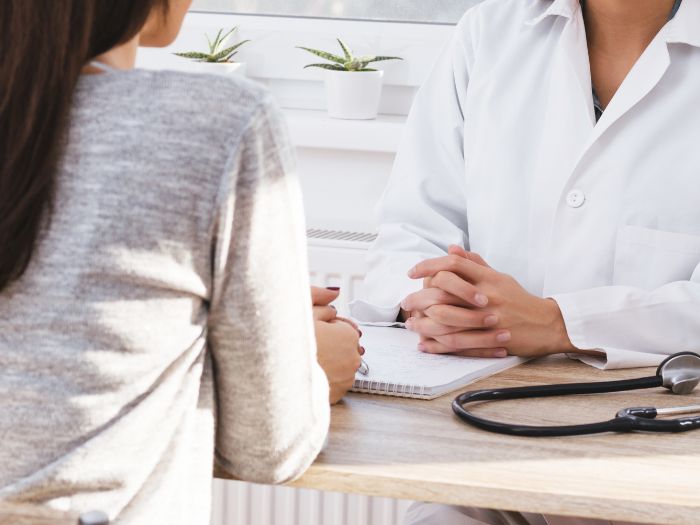
GPs on Curzon encourages our patients to have regular Breast Screening. This can be done through booking with Breastscreen on 13 20 50 for a free screening for women aged between 50-74 years, otherwise book an appointment with your Doctor for a private referral for imaging.
Breast screening plays a vital role in the early detection and prevention of breast cancer, one of the most prevalent conditions affecting women in Australia. Breast screening is most effective for women aged 50 to 74. About 80% of breast cancers occur in women over 50.
If you’re aged 40 to 49 or 75 and over, you should talk to your doctor to find out if breast screening is right for you as there are different risks and benefits of breast screening for women at these ages.
Expect care and professional support with GPs on Curzon.
You can find more information on breast screening here.
More information about breast screening – FAQs
Breast screening is designed to detect early signs of breast cancer in women. It involves using specialised imaging techniques, such as mammograms, to identify any abnormalities or changes in breast tissue that could potentially indicate the presence of cancerous cells.
Breast screening is crucial because it can detect breast cancer at an early stage, often before it causes noticeable symptoms. Early detection significantly increases the chances of successful treatment and improved outcomes.
Generally, women are advised to start regular mammograms around the age of 40 to 50. Women with a family history of breast cancer or other risk factors might be recommended to start screening earlier.
In most cases, women are advised to have mammograms every one to two years.
Mammograms might cause some temporary discomfort or pressure as the breast is compressed to capture the images. However, this discomfort is usually brief and easily tolerated by most women.
If an abnormality is detected, further tests such as additional imaging or a biopsy may be recommended to determine if the abnormality is cancerous or benign. It’s important to remember that many abnormal findings do not turn out to be cancer, but further evaluation is needed to confirm.
